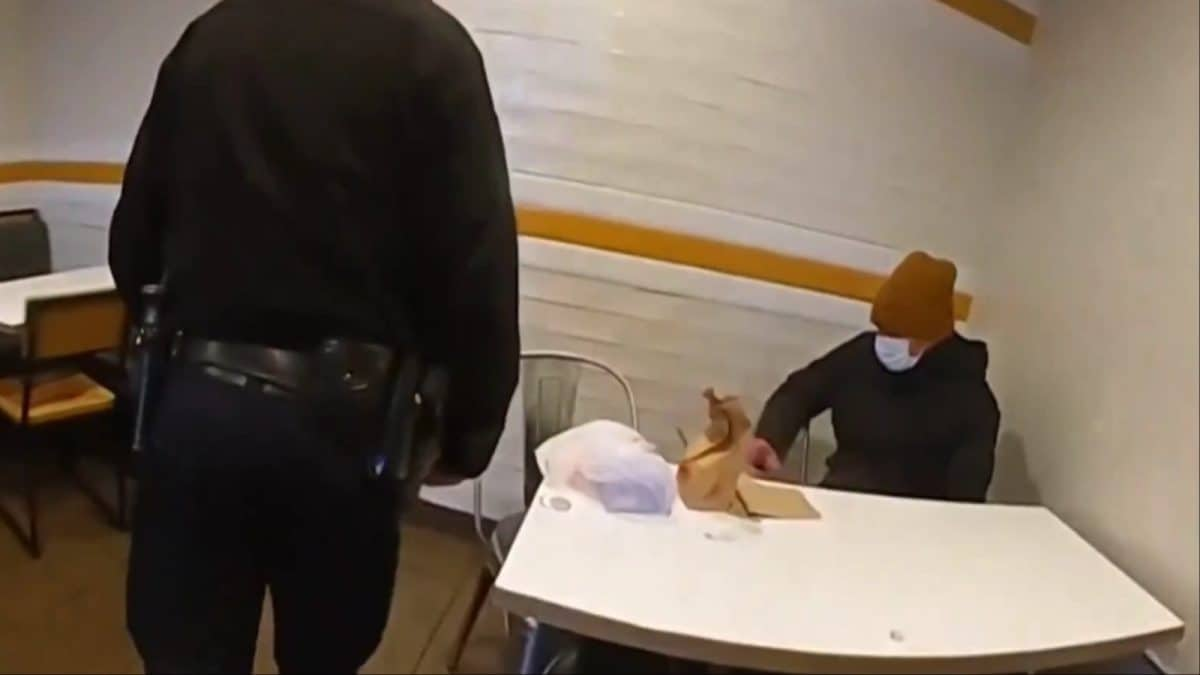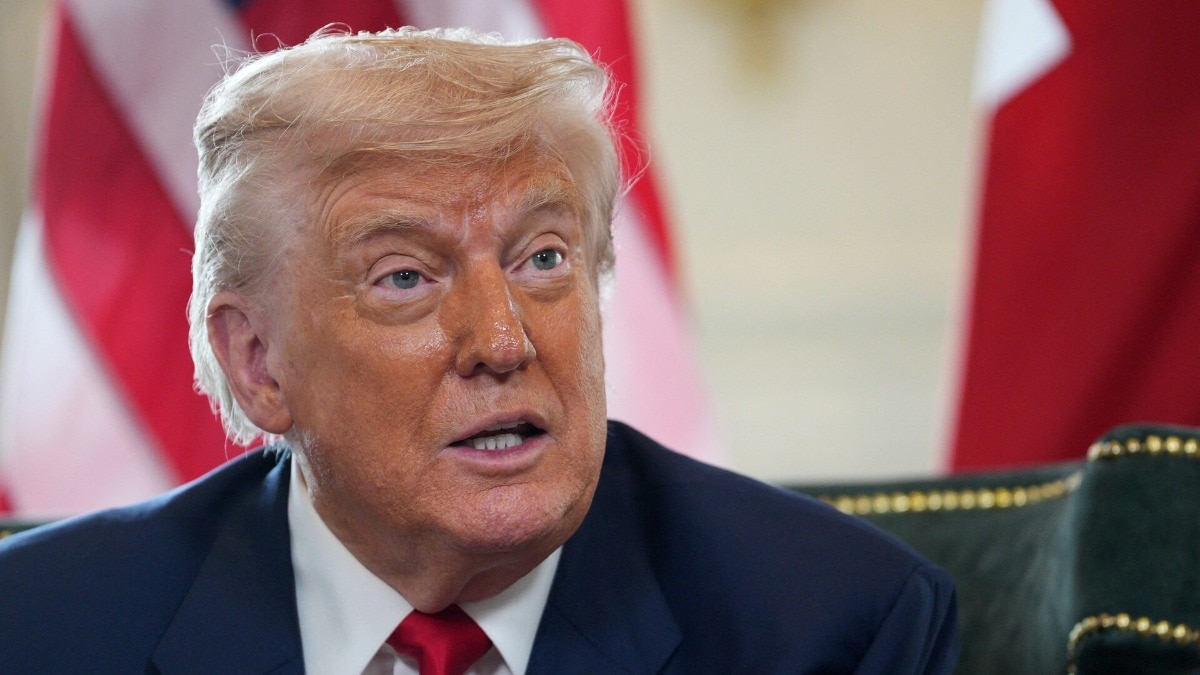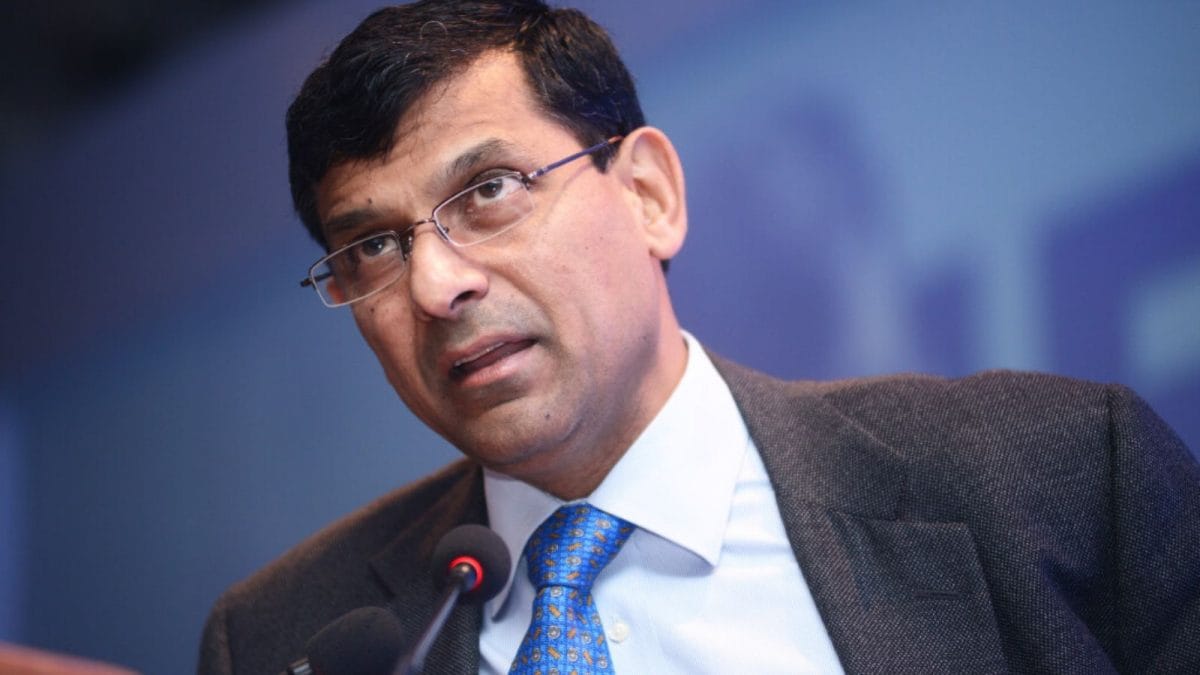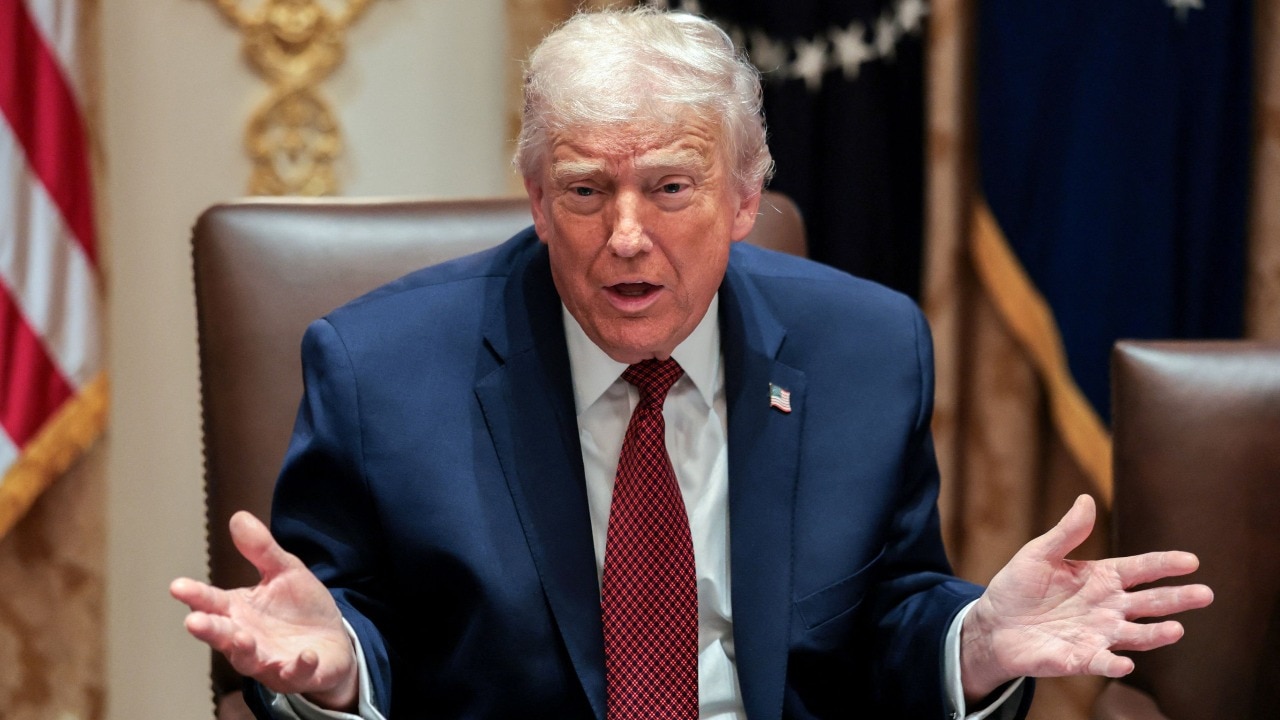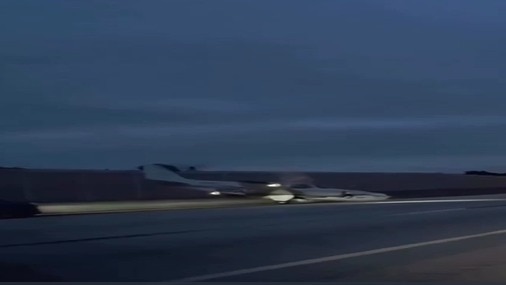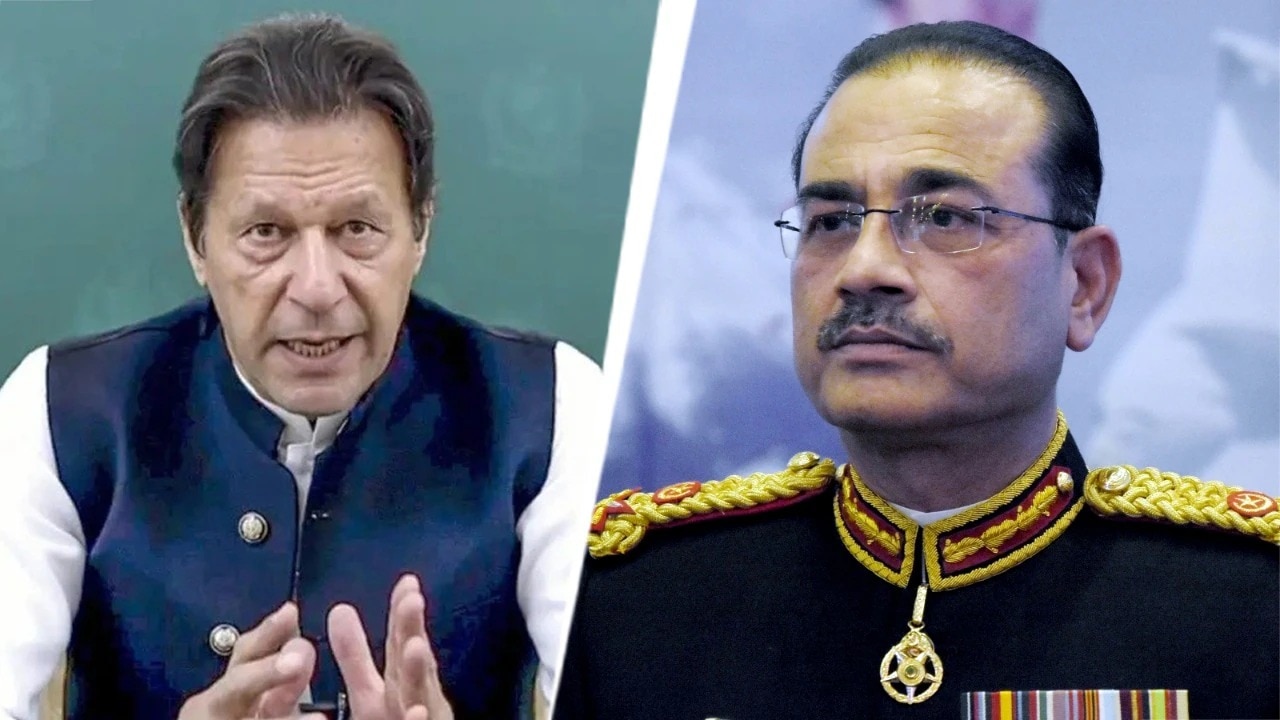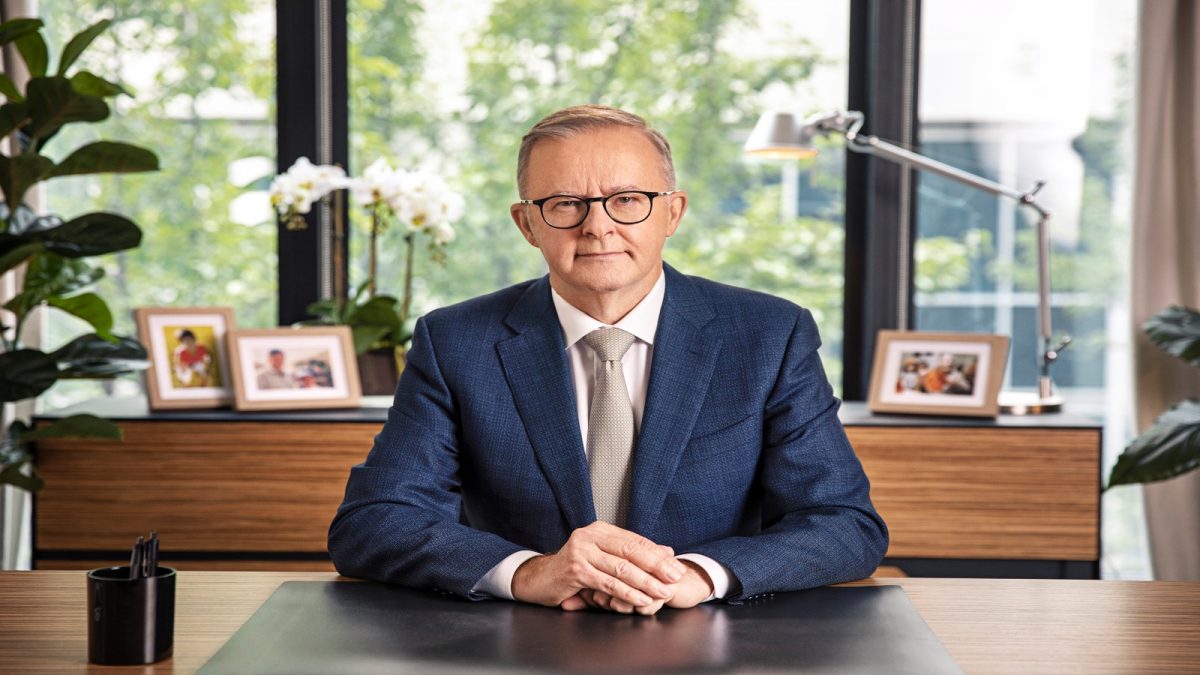Of all the measures introduced to deter people from seeking asylum in Denmark over the last decade, it is the impermanence of refugees’ status that is often cited as the most effective.
Before 2015, refugees in Denmark were initially allowed to stay for between five and seven years, after which their residence permits would automatically become permanent. But 10 years ago, when more than a million people arrived in Europe fleeing conflict and repression, largely from Syria, Afghanistan, Iraq and Eritrea, the Danish government dramatically changed the rules.
Since then, temporary residence permits have only been granted for one to two years at a time and there is no longer any guarantee of getting a permanent visa. In order to gain permanent status, refugees have to be fluent in Danish and are also required to have had a full-time job for several years.
“It’s about the attitude and feeling of being here as a visitor on a temporary basis. You don’t know where your future is going to be,” said Michala Clante Bendixen, who runs the refugee advisory group Refugees Welcome Denmark and is Denmark’s country coordinator for the European Commission’s Migrant Integration Hub.
“Even a speeding ticket can push that permanent stay many years into the future.”
Denmark’s immigration policies have come into renewed focus after it emerged Britain’s Labour government was seeking to emulate their approach in an attempt to make the UK a less attractive destination for people seeking asylum.
Despite attracting criticism from the UN and human rights organisations, the restrictions – among the harshest in Europe – appear to have had the effect politicians were hoping for.
In 2014, a total of 14,792 asylum seekers arrived in Denmark, with the largest numbers coming from Syria and Eritrea. By 2021, that figure had dropped to 2,099 and in 2024 it was 2,333. Of nearly 100,000 residence permits that were granted in Denmark last year, just 1% were recorded as going to refugees. The 99% included 9,623 refugees from Ukraine, who are categorised separately, migrants from other parts of the European Economic Area, family reunification and people on work and study permits.

But the reduction has come at a cost, critics say, to Denmark’s reputation and sense of self. The incorporation of populist rightwing ideas into nominally centre-left politics have, they suggest, eaten away at some of the ideals that Denmark is internationally best known for.
“The argument against it is that you get extremism in the centre – you have no strong position from which you can legitimise human rights and protection of minorities,” said Rune Lykkeberg, the editor-in-chief of the newspaper Information.
When Denmark’s Social Democratic prime minister, Mette Frederiksen, came to power in 2019, toppling the centre-right government amid a collapse in support for the far-right Danish People’s party (DPP) and the Liberal Alliance, she said she wanted to cut the number of asylum seekers in Denmark to zero.
The path had been laid for Frederiksen by her predecessor, Lars Løkke Rasmussen, who was then leader of the centre-right Venstre party and is now the foreign minister. The 2015 change to temporary residence permits came under his watch, as did the “paradigm shift” of 2019, a series of rules that focused official efforts and rhetoric on repatriation rather than integration.

Six years later, Frederiksen is still in office as a centre-left leader who has capitalised on an uncompromising approach to migration and doubled down on the idea that Denmark is no place for refugees. “What Denmark has been doing is a policy of deterrence, scaring people from choosing Denmark,” said Bendixen.
Denmark has regularly attracted criticism from the UN high commissioner for refugees about its asylum practices, but many of its integration policies have also attracted international criticism.
Most controversial is the so-called law against “ghettoes” (now known as “parallel societies”), which allows the state to demolish apartment blocks in areas where at least half of residents have a “non-western” background. In February, a senior adviser to the EU’s top court found that the law constitutes direct discrimination on the basis of ethnic origin.
The criticism has done nothing, however, to shift the political agenda; in fact, lately, domestic debate has become more extreme. The far-right DPP, which is not in government but has seen an increase in support, is calling for “remigration” – the mass deportation of people with immigrant backgrounds living in Denmark.
Eva Singer, the director of asylum and refugee rights at the Danish Refugee Council, said it was politicians, not the public, driving anti-immigrant sentiment: “The politicians say they follow the popular mood, but maybe the popular mood is coming from what the politicians are saying, which is not based on fact.”
Next year’s general elections could give a clue as to whether or not the Social Democrats’ approach is still popular with voters. Immigration is likely to be one of many hot-button issues. Others include Donald Trump’s threats to Greenland, a former Danish colony that remains part of the Danish commonwealth, upheaval at two of Denmark’s biggest companies and the threat of hybrid war from Russia.
Lykkeberg said the Social Democrats’ handling of immigration followed a Danish playbook dating back more than half a century. “The politics of it is part of what you could call the Danish model: you don’t try to burn the so-called populists, you try to steal their fire. You keep the so-called extremists from the centre of power and thus defend the old political order.”

The reality on the ground, critics say, is the government’s hardline policies are often contradictory. “We hear from municipalities it is quite frustrating that, on one hand, they have to tell refugees everything they need to do to integrate and at the same time hare to remind them how temporary this is. They run counter to each other,” said Singer.
The temporary nature of refugee status is “poison for integration”, said Bendixen, because it does not give people time to change their language career and establish their lives in a new country.
Martin Lidegaard, the leader of the Social Liberal party and Denmark’s former foreign minister, believes some elements of the country’s integration policies, such as helping new arrivals to access education and find work and “ensure they will be a full member of Danish society”, are worth imitating. “Other parts of our politics I am not so proud of,” he said.
As their populations age, all European countries, the UK included, are facing a growing dilemma, Lidegaard added: “We lack labour; we lack people. Because we get fewer children, our fertility is declining. Our economy and our labour market desperately needs some immigration. On the other hand, it is clear we have populist rightwing parties who want to fight against it and people coming to countries with different ethnic backgrounds.
“All of us need to balance this in a clever way. No one can afford to walk into the future without labour.”
The Danish ministry of immigration and integration declined to comment.

 3 weeks ago
3 weeks ago

